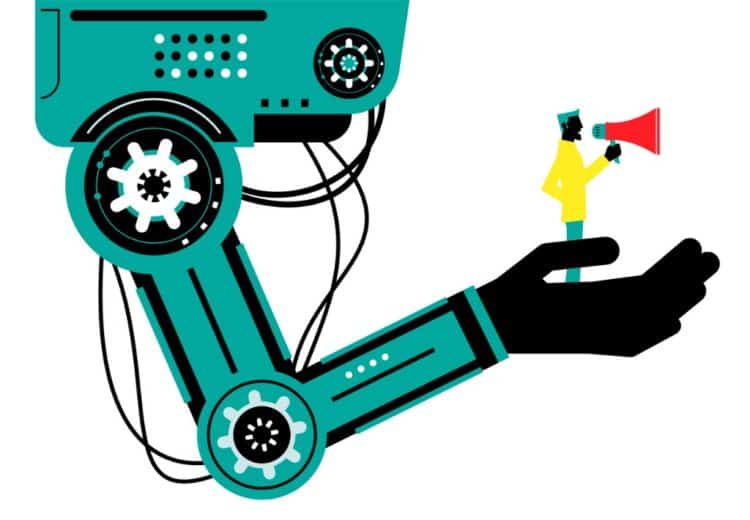Organisations that augment operations can unlock a 50% increase in worker efficiency, said IDC recently.
According to the advisory firm’s prediction for the manufacturing sector, 60% of Asia Pacific-based organisations will augment operations and its roles with automation technology by 2027.
Asia stands as the dominant region for manufacturing and consumer markets, said IDC, adding that the manufacturing sector is forecasted to continue to grow despite being dragged down by several external factors including a sluggish global economy, higher monetary interest rates, rising material costs, and cross border trade protectionism.
Manufacturing organisations face significant challenges in navigating a dynamic and fiercely competitive market, according to the firm.
Issues such as supply chain disruptions, escalating inflation, growing cyber threats, workforce shortages, and mandatory sustainability compliances are compelling organisations to reassess and reshape their business strategies, IDC said.
AI will drive greater automation that reduces human intervention, creating an autonomous environment, improving decision making that drives higher operational efficiencies, IDC noted.
The introduction of GenAI has spurred manufacturers to reconsider their approach and reimagine the next level of use cases, IDC pointed out.
Below are the some of IDC’s AI-driven predictions for Asia Pacific:
Use of AI/ML for high-mix, low-volume production: By 2025, to promote personalized products as added-value, 40% of Asia-based 2000 (A2000) manufacturers will fully utilize AI/ML for high-mix, low-volume production.
Generative AI integration into operational systems: By 2025, 40% of Asia Pacific-based companies are integrating operational systems with GenAI to better ingest data, identify issues, and provide real time context to operators improving efficiency by 5%.
Use of AI/ML in robotics and automation: By 2028, the integration of AI/ML into robotic and automation routines within industrial operations will increase by 30%, driving higher efficiencies and a 10% reduction in downtime.
In the near term (2024-2026), the focus will be on integration of AI to augment operations and its roles and improve product personalization, and on the integration of GenAI into operational workflow.
Meanwhile, long-term (2027-2029) focus will be on adoption of AI-powered robotics and automation for higher efficiencies and better productivity performance.
In addition, business leaders should pay attention to the following predictions as they navigate the changes ahead, IDC pointed out.
From supply chain control towers to orchestration: By 2028, 35% of A2000 companies are using supply chain orchestration tools integrating key suppliers/customers that include digital twin capabilities improving supply chain responsiveness by 20%.
Autonomous service parts planning: By 2027, 50% of the A2000 will look to autonomous service parts planning for improved mean-time-to-repair driving 25% better service delivery through optimized customer or operator asset productivity.
Digital commerce platform: By 2025, 60% of A2000 organizations will have a digital commerce platform in place for ecosystem operation, driving a 10% higher data capitalisation rate and improving customer retention by 10%.
The new CEO: By 2027, 20% CIOs also have the role of Chief Ecosystem Officer, orchestrating IT and business across their ecosystem to meet customer needs and lower cost of ecosystem participation by 25%.
Balancing operational resiliency with cost efficiency: By 2026, 50% of A2000 companies will have strategies in place to better balance operational resiliency with cost efficiency, thus improving margins by 5%.
Operationalising ecosystem sustainability data: By 2027, 40% of A2000 companies will be using comprehensive ecosystem sustainability data to make decision across the full range of operations, reducing carbon footprint by 30%.



